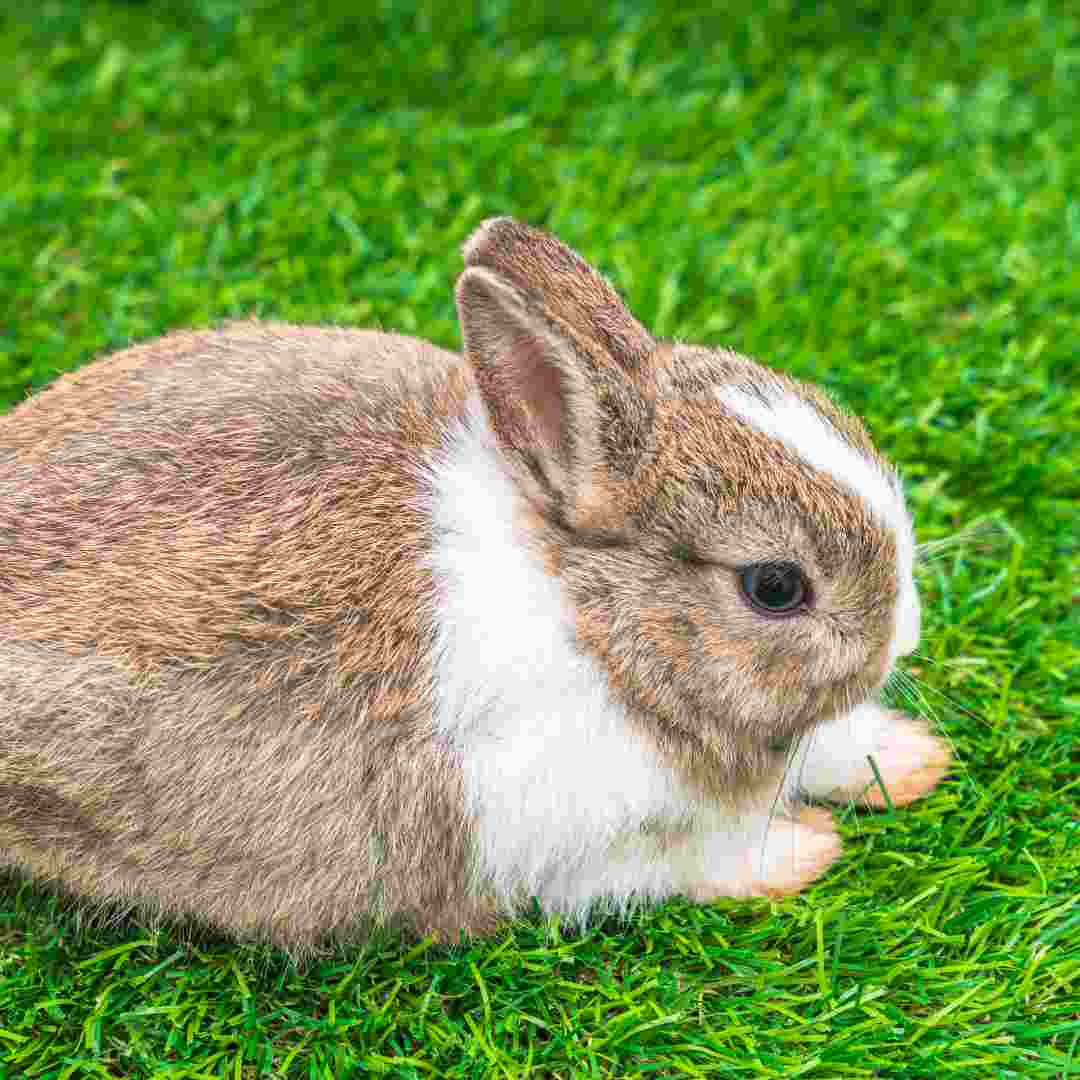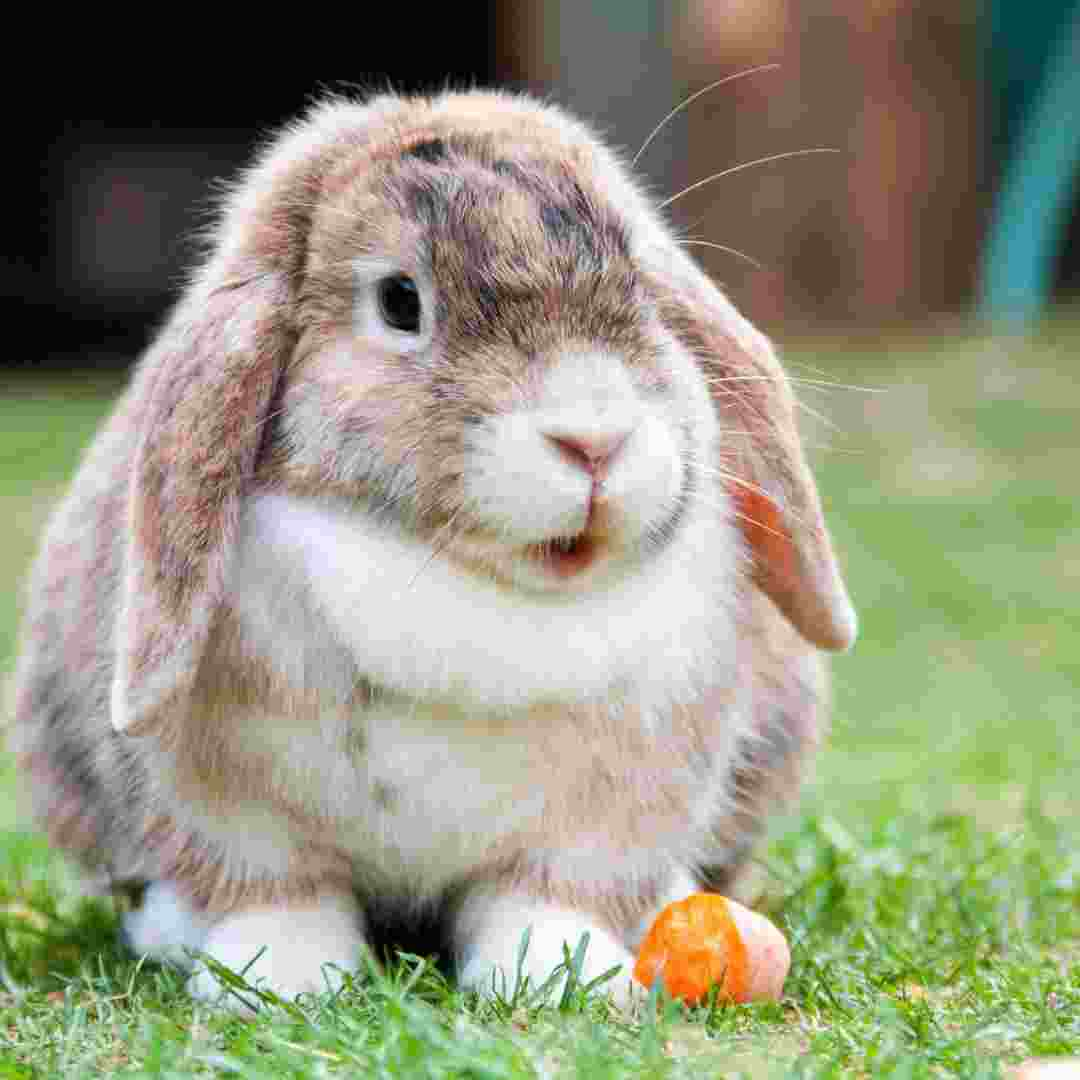Contents Table
Introduction
How to Bond with Your Rabbit: Positive Relationship Tips
Rabbit Training Benefits from Positive Reinforcement
A Safe and Engaging Environment for Your Rabbit
Proper Rabbit Handling Techniques Matter
Introduce Your Rabbit to New People and Animals
Q&A
Conclusion
Introduction
Rabbits are sociable animals that seek companionship, therefore you must understand this to make one like you. They're interested and smart, so give them lots of stimulus and interaction. You must be patient, gentle, and consistent to make a rabbit like you. Play with your rabbit, offer them toys, and pamper them. You may bond with your rabbit and make them like you with patience and devotion.
How to Bond with Your Rabbit: Positive Relationship Tips
Intelligent and gregarious, rabbits create close ties with their owners. Having a good relationship with your rabbit is good for them and you. How to bond with your rabbit:
1. Spend time with your rabbit daily, even if it's just a few minutes. This helps your bunny settle down and trust you.
2. Handle Carefully: Move slowly and gently with your rabbit. This will reassure your bunny.
3. Reward Good Behaviour: Give your rabbit snacks. This will help your bunny remember you positively.
4. Talk to your rabbit in a calming voice. This helps your bunny recognise your voice and feel comfortable around you.
5. Give your rabbit toys. This will entertain them and give them something to do when you're away.
6. Regularly groom your rabbit. It keeps them clean and healthy and helps you bond with your rabbit.
Following these steps can help you bond with your rabbit and improve your relationship. Build a strong friendship with your pet with patience and effort.
Rabbit Training Benefits from Positive Reinforcement
Rabbit training with positive reinforcement is gentle and successful. It operates on the assumption that rewarding preferred rabbit behaviours would encourage repetition. This training strengthens the rabbit-owner link.
Positive reinforcement is operant training, which teaches animals to correlate behaviour with rewards. Reward-based teaching assumes animals will repeat behaviours. Rewarding a rabbit makes it more likely to repeat that behaviour.
Positive reinforcement strengthens the rabbit-owner link. Rabbits associate rewards with their owners and are more likely to heed commands. This training also builds trust between the rabbit and the owner by teaching the rabbit to expect rewards.
Positive reinforcement is also great for rabbit training because it's humane. Positive reinforcement does not hurt animals like punishment. Since there is no fear or pain, this training is less stressful for the rabbit.
Positive reinforcement is a humane and successful rabbit training method. Rewarding desired behaviours encourages the rabbit to repeat them and strengthens the rabbit-owner link. This method of rabbit training is also advantageous because it does not injure the animal physically or psychologically.
A Safe and Engaging Environment for Your Rabbit
Your rabbit needs a safe, exciting environment to stay healthy. Social rabbits need lots of area to play and explore. Make your rabbit's environment safe and stimulating with these recommendations.
1. Provide a secure, big enclosure. Rabbits require lots of room to roam. A huge enclosure with plenty of space is necessary. Since rabbits are skilled at escaping, make sure the enclosure is secure and escape-proof.
2. Provide lots of toys and activities. Healthy and happy rabbits need lots of stimulus. Keep your rabbit entertained with tunnels, boxes, and chew toys.
3. Provide a hiding spot. Rabbits need a place to hide when terrified or stressed. Let your rabbit hide in a box or tunnel when they need time alone.
4. Offer different surfaces. Rabbits need several surfaces to play on. Give your rabbit grass, carpet, and wood to explore.
5. Serve diversity. Healthful rabbits need variety in their diet. Give your rabbit a variety of fresh veggies, hay, and pellets to provide proper nutrition.
You may give your rabbit a safe and stimulating environment by following these guidelines. This will keep your rabbit happy and healthy for years.
Proper Rabbit Handling Techniques Matter
Bunnies are lovely pets that need specific care. Learning proper rabbit handling will keep your bunny healthy and safe. The appropriate strategy can make your bunny and you happy.
Gently approaching your rabbit is the first step in proper handling. Use a soothing voice and treats to get your rabbit to come to you. Pick up your rabbit once they're familiar with you.
Both hands should support your rabbit when picking it up. Put one hand beneath their chest and one under their hindquarters. This will keep them safe and avoid jumping or struggling. You should also keep your bunny near to you for assistance.
Carry your rabbit close to your body and support its hindquarters. This will reduce struggling and jumping. You should also keep your rabbit away from stairs and other animals.
Set your rabbit down softly and gently. Lay them flat and let them leave at their own speed. This will help your rabbit feel secure.
These easy procedures will guarantee your rabbit is handled safely. The appropriate strategy can make your bunny and you happy.
Introduce Your Rabbit to New People and Animals
It can be difficult to introduce your rabbit to new people and animals. It may be a positive experience for your rabbit and the new people and animals with the appropriate attitude. These recommendations will help you expose your rabbit to new people and animals.
Create a safe and pleasant habitat for your rabbit first. Clear the environment of noise and distractions. Give your rabbit a somewhere to hide if they're overwhelmed.
Before introducing new people and animals, let your rabbit get used to them. Allow your bunny to watch new people and animals from afar. This will help them adjust to the newcomer.
Third, slowly introduce your rabbit to new people and animals. Let your rabbit explore new people and animals at their own pace. Avoid forcing them to interact if they're uncomfortable.
Fourth, praise your rabbit's interactions with new people and animals. Rewards good behaviour with treats or praise. They will associate new people and animals with positive experiences.
Wait and understand. Introducing your rabbit to new people and animals can be stressful. Give them time and space to adjust to the new presence.
These tips can help you introduce your rabbit to new people and animals pleasantly.

Q&A
1. How can I make a rabbit like me?
Bunnies are gregarious and build deep ties with their owners. Spend time with a rabbit daily to make it like you. Speak gently and give it treats. Give it plenty of room to play and a safe, comfortable environment.
2. What treats should I give my rabbit?
Carrots, apples, and celery are rabbit favourites. You can also feed them pellets, hay, and healthy treats. Give rabbits healthy snacks, not sugary or salty ones.
3. How can I make my rabbit feel safe?
Rabbits feel safest in their own enclosure. Give your rabbit a spacious hutch or cage. Provide it with plenty of bedding and toys to keep it entertained.
4. How can I tell if my rabbit likes me?
If your rabbit is comfortable around you, it will show signs of affection such as licking your hand, nudging you, or even hopping onto your lap. It may also make a purring sound when it is content.
5. What should I do if my rabbit is scared?
If your rabbit is scared, it is important to remain calm and not make any sudden movements. Speak to it in a gentle, soothing voice and offer it treats. Give it plenty of time to get used to its new environment and gradually introduce it to new people and animals.
Conclusion
Making a rabbit like you is all about patience and understanding. Spend time with your rabbit, get to know their personality, and provide them with a safe and comfortable environment. Offer them treats, play with them, and give them plenty of love and attention. With patience and understanding, you can build a strong bond with your rabbit and create a lasting friendship.
